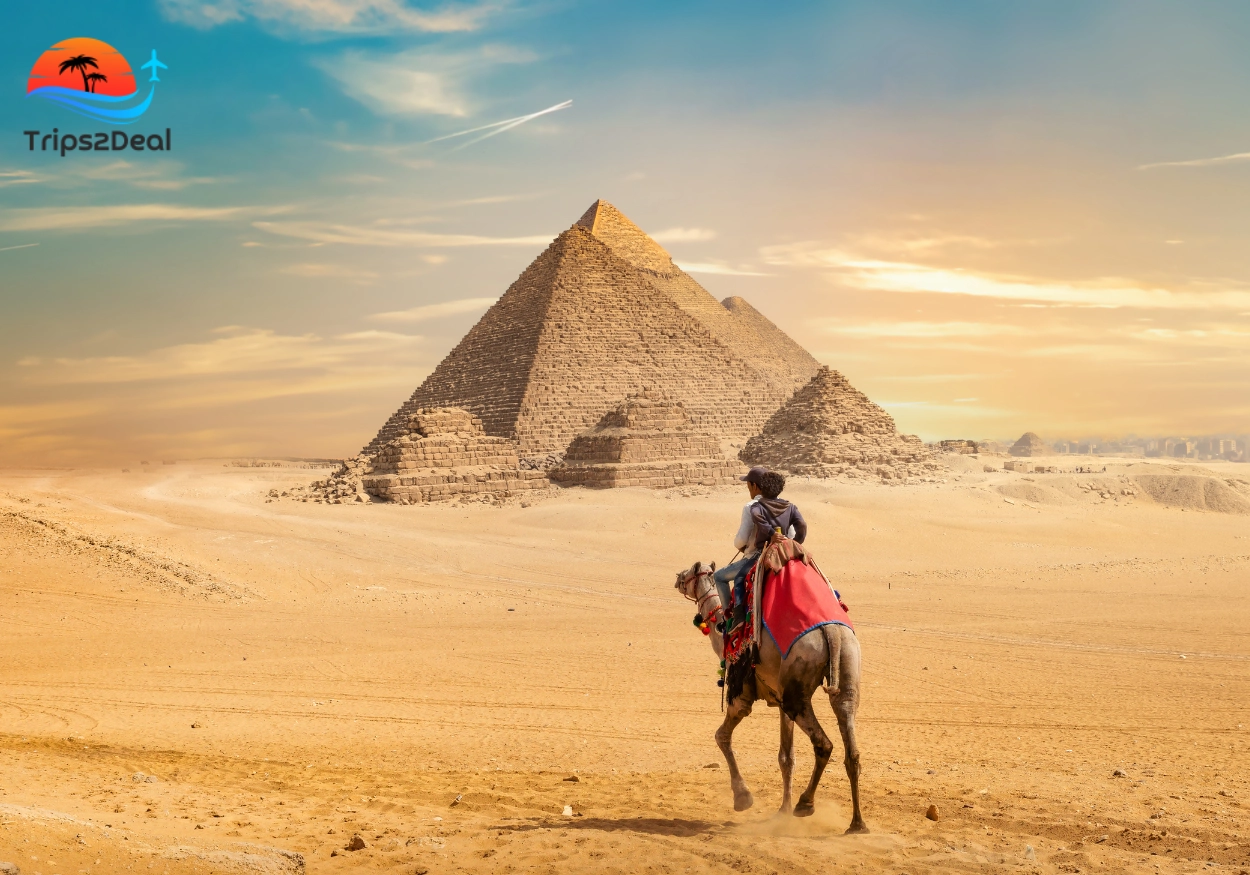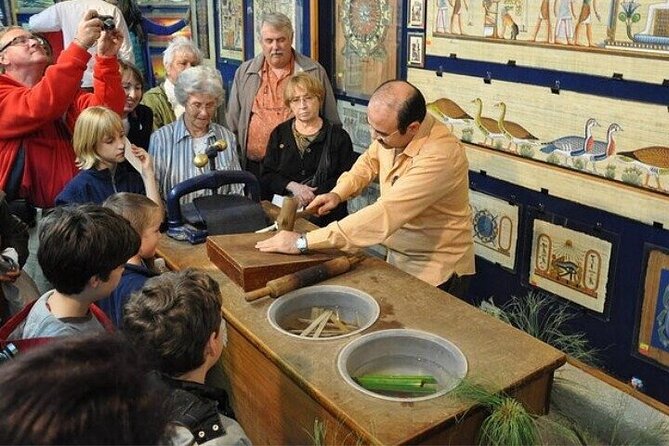Blogs

Khufu
King Khufu, or Cheops, was one of ancient Egypt’s most famed pharaohs and the creator of the Great Pyramid of Giza, one of the Seven Wonders of the Ancient World. The Great Pyramid is considered the most remarkable structure of Ancient World during his reign. Khufu’s reign, one of the most glorious, lasted from about 2589 to 2566 BC, during the Fourth Dynasty of Old Kingdom. He is famous as a builder with his most famous creation being the Great Pyramid, structure that immortalized him as a god like figure for ages.
Table of Contents
Who Was King Khufu?
Khufu was the second pharaoh of Egypt’s Fourth Dynasty, following his father, Sneferu, and preceding his son, Khafre. His most famous works may be his massive building projects, which showcased the power and resources of the Old Kingdom pharaohs. Although his reign is not as well-attested as some other pharaohs, his name has become synonymous with the Great Pyramid at Giza, which has stood for more than 4,500 years.
Khufu’s reign is not well documented, because there are no written records dating back to his time. But mentions of him appear in inscriptions and on monuments from subsequent ages. Khufu is most noted for his mobilization of vast human and material resources to construct the Great Pyramid at Giza, which has become a prominent symbol of the architectural achievements of ancient Egypt.
The Great Pyramid of Giza
The Pyramid of Khufu, or the Great Pyramid of Giza, is surely King Khufu’s most enduring legacy. This enormous building rose to 146.6 meters (481 feet) in height, and was the tallest man-made structure in the world for more than 3,800 years. The pyramid served as Khufu’s tomb, a testament to his significance as a leader and his belief in the afterlife.
Building the Great Pyramid would have required a massive workforce of skilled laborers, engineers, and architects. It is estimated that tens of thousands of read more workers (both permanent and temporary laborers) were involved in the construction of the pyramid. The pyramid was originally encased in white limestone casing stones, smooth blocks which at one time reflected the sun’s rays and caused the structure to glistening.
Regardless, the “how” behind the construction of the Great Pyramid is still a hotly contested theory? Yet the overwhelming size of the project as well as the exactness with which it was constructed demonstrate the advanced engineering techniques pioneered by the ancient Egyptians.

Khufu's Reign and Legacy
Khufu’s most enduring legacy is, of course, his pyramid, but his reign is notable for more than just this one thing. The pyramid would become not only the pharaoh’s final resting place, but also the ultimate symbol of the king’s authority, sacred nature and the afterlife’s voyage he was traveling on. For future pharaohs, including his immediate successors and their dynasty, Khufu's monumental buildings provided the standard that would be continued for centuries.
Khufu's time on the throne was void of the military conquests or political turmoil that marked the rule of some pharaohs, instead his efforts aimed at monumental architecture and the consolidation of royal power are the very measures that marked the height of the Old Kingdom's prosperity. The Great Pyramid served as a template for future pyramids, inspiring similar tombs for later pharaohs.
The Mystery of King Khufu
While much is unknown about King Khufu’s life, he is generally characterized in Egyptian artistic depictions as a stern and authoritarian ruler. Some texts, like the Westcar Papyrus, imply that Khufu might have been an exceptionally stringent and bossy king himself, recognized for his rigorous approaches to regulating work-power and resources used in the pyramid’s design.
Khufu’s tomb, which sits inside the Great Pyramid, long has eluded detailed archaeological identification. Unlike those of many other pharaohs, his burial chamber was not raided in antiquity, and his mummified remains are thought not to have been found. The pyramid itself is the most lasting monument to his legacy and still a marvel of engineering.

Conclusion
Khufu is most famous for building the Great Pyramid at Giza, which is one of the most amazing structures in the history of Egypt and mankind. His reign signals the height of the Old Kingdom’s tradition of pyramid-building and cements his position in history as one of the most influential pharaohs in Egyptian dynastic history. Between the mysteries surrounding his life and reign, Khufu's legacy continues to enchant people around the world and the Great Pyramid is a lasting symbol of ancient Egypt’s greatness and architectural innovation.





